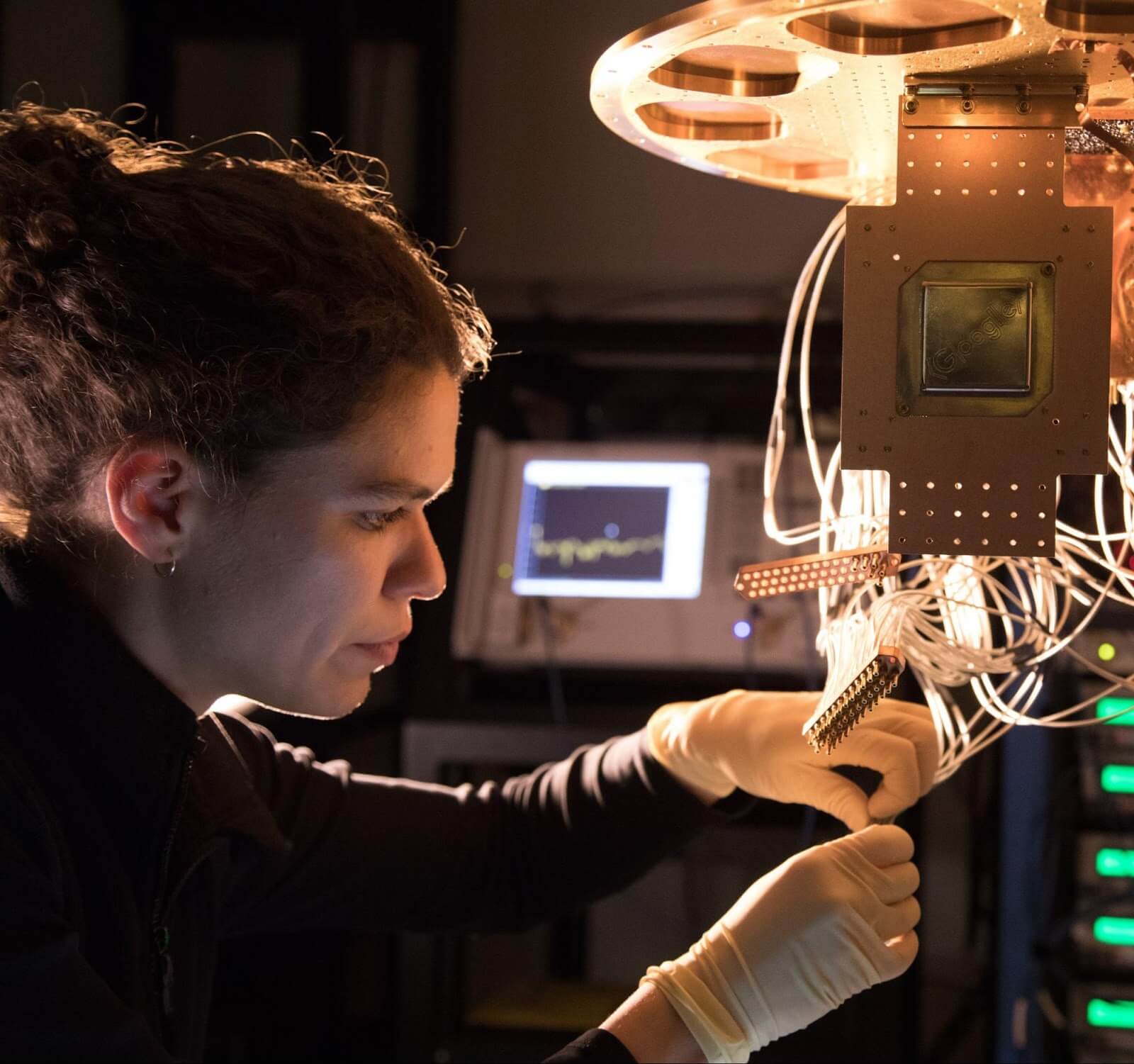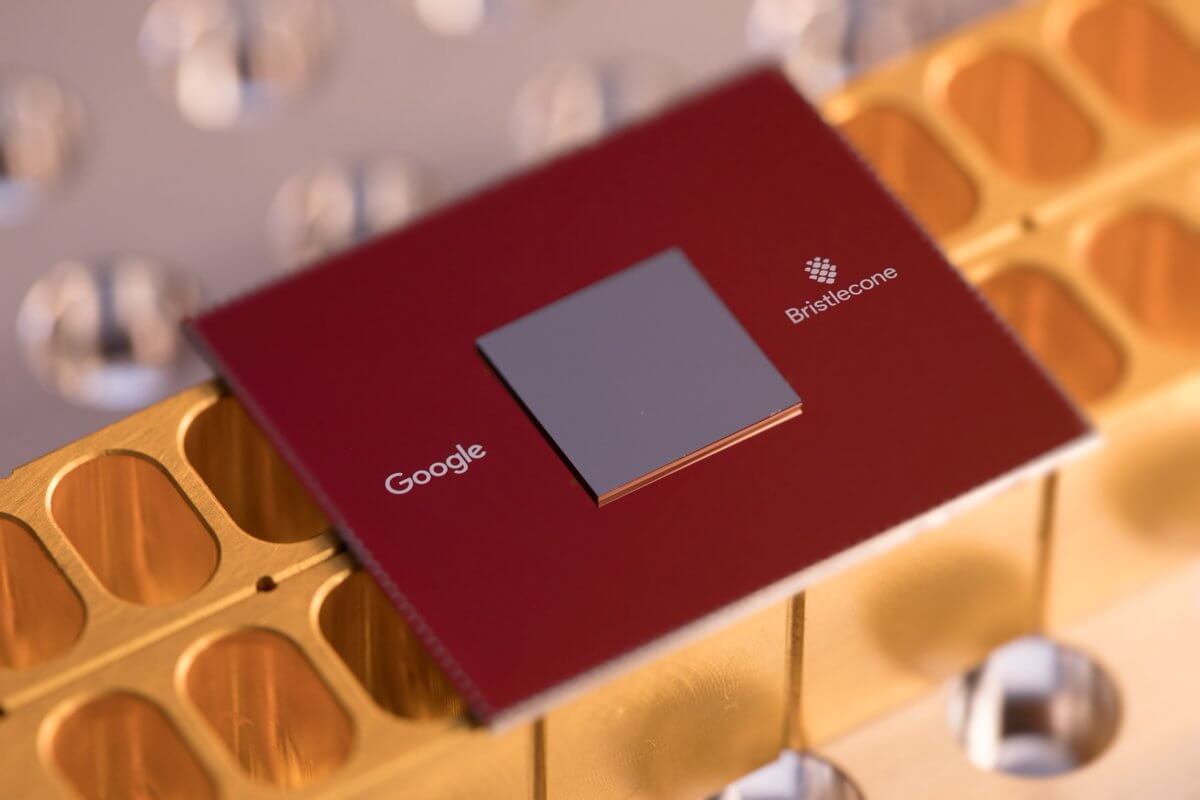As transistors become increasingly smaller and approach potential physical limitations, Google is hard at work on a quantum processor that could circumvent traditional problems. Bristlecone is a 72-qubit processor designed as a research tool for error correction.
Previously, Google produced a 9-qubit processor with a 1 percent readout error. Single-qubit gates offered a 0.1 percent error while two-qubit gates had error rates of 0.6 percent. Compared to traditional microprocessors, these error rates are orders of magnitude larger and must be improved or otherwise dealt with to make problem solving accurate for the long term.
The massive increase to 72 qubits stems from the original 9-cubit design. The same control, coupling, and readout designs have been arranged into a rectangular array. Bristlecone is not going to be a mass production-ready processor, but it will provide valuable information on algorithm development with improved first and second order error-correction.

Google's end goal of Bristlecone is to achieve quantum supremacy for the future, or rather the ability to outperform traditional supercomputers when working on "well-defined" problems. To date, no quantum computing efforts have been able to reliably achieve this end goal. According to Google researchers, quantum supremacy can be achieved with 49 cubits, at least 40 time steps between input and output, and with two-qubit error rates of less than 0.5 percent.
There is reasonable expectation that Bristlecone will be able to perform equally well to the original 9-cubit design in terms of error rates, but with significantly improved throughput capabilities. "We are cautiously optimistic that quantum supremacy can be achieved with Bristlecone, and feel that learning to build and operate devices at this level of performance is an exciting challenge!"
Although there is a strong possibility that quantum supremacy may be achieved with current generation hardware, Google notes that it may take several hardware revisions before success is found. How long each iteration may take is unknown, meaning that it could still be quite some time before quantum computing is ready for use outside of a lab.
